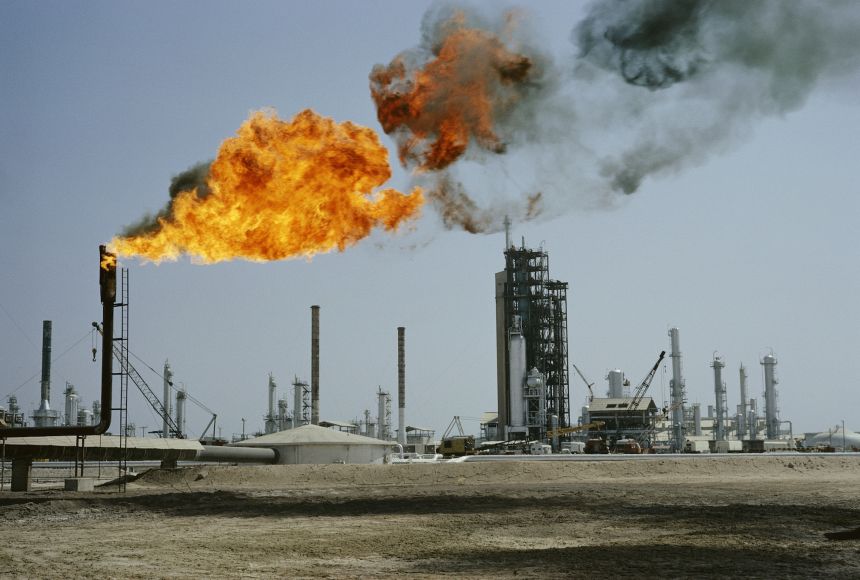Years ago, when prehistoric animals and plants died, layers of rock and dirt gradually buried them. Over millions of years, heat and pressure from Earth’s crust decomposed these organisms into one of the three main kinds of fuel: oil (also called petroleum), natural gas, or coal. These fuels are called fossil fuels, since they are formed from the remains of dead animals and plants.
Today, fossils fuels are necessary for human survival and everyday life and are the primary source for the world’s energy. They are used for heating, transportation, generating electricity, and creating common products like computers, cosmetics, paint, and household appliances.
Materials, substances, and organisms found in nature that are useful to humans, like fossil fuels, are called natural resources. Earth’s natural resources include air, minerals, plants, soil, water, wildlife and fossil fuels. Some of these natural resources, like air and water are renewable. This means that they cannot be used up entirely or that they can be replaced within a human life span. Other resources, like fossil fuels, are called nonrenewable, which means they have a limited supply and are not continuously being made or they are made very slowly. Once a nonrenewable resource is used up, it is gone for good.
Most natural resources, including fossil fuels, are not distributed evenly around the Earth. Deposits of fossil fuels depend on the climate and organisms that lived in that region millions of years ago, and the geological processes that have since taken place. For instance, while coal reserves are found in every country, the largest reserves are found in the United States, Russia, China, Australia, and India. Millions of years ago, these areas were lush, swamp forests with many trees that provided the organic material to make coal.
Oil and natural gas are also found worldwide, but most of the oil and natural gas reserves are in Saudi Arabia, Russia, the United States, and Iran. Within the United States, most oil is found in Texas, Alaska, California, North Dakota, and Oklahoma. Despite this, the United States uses more oil than it produces—more than any other country in the world in fact—and so it must import oil from other counties, including Canada, Saudi Arabia, and Mexico.
Most countries that have large deposits of fossil fuels have economies that depend on extracting the fossil fuels. The economic benefits of these resources include jobs for extracting and transporting the resources as well as money from selling the fossil fuels. Additionally, countries with plentiful natural resources may not need to spend as much money importing fossil fuels and can instead put that money toward other goals. Some countries do not have the resources to extract their own fossil fuels, so they depend on international companies to do the work. In this case, the country gains some economic benefits but most of the benefits go to the company that does the work. Unfortunately, countries without access to fossil fuels, or the means to obtain them, are often left lagging behind other countries, which are able to progress and flourish.
